If you are considering how you can gain more space while also benefiting the environment, you might wonder if an eco-friendly shipping container is the way to go.
Like upcycling old furniture to give it a new lease on life, container conversions seem good for the environment.
But are they?
Can a shipping container be reused?
Intermodal containers offer eco-friendly benefits primarily by giving a second life to durable, recyclable steel structures, reducing construction waste and the need for new materials.
They can be repurposed – via a container conversion – into a range of structures, including:
- Storage – for businesses or for home
- Mini homes
- Offices
- Workshops and studios
- Gyms and playrooms
- B&B or guest accommodation
This can be achieved by professional teams, like those at Gap Containers or by very handy DIY-ers, and can be an excellent way to bring your unique vision to life.
Is there such a thing as an eco-friendly shipping container conversion?
Simply put, yes – but as an emerging industry, it is hard to prove categorically that converting a shipping container is more eco-friendly than building a new structure the traditional way.
All methods of creating space create embodied and operational carbon. This covers the greenhouse gas emissions released during the lifecycle of the product or generated from building use, which includes heating, cooling, ventilation, lighting, and appliances.
It is possible to use a Life Cycle Assessment (LCA) to examine the impact of both traditionally constructed buildings and container conversions, expressing the units of carbon dioxide equivalent (CO2e). Unfortunately, this hasn’t been done for traditional buildings vs shipping container conversions yet.
So, until this data is calculated and shared, we can celebrate that eco-friendly shipping container conversions can:
- Save approximately 3,500kg of steel from disposal or wastage
- Prevent around 8,000kg of CO2
- Remove the need for high-impact building materials like cement, wood, and steel supports
- Extend the lifespan of the potential 35 million containers not in active use every year
- Reduce the number of staff working on-site, all of whom need to travel in to work every day
- Negate the need for concrete and metal foundations, which have a high carbon cost
- Minimise the amount that the ground needs to be disturbed, allowing the soil to continue sequestering atmospheric carbon
Making them much more environmentally friendly!
How can container conversions be made more eco-friendly?
To improve your eco-friendly shipping container further, you can:
- Use up end-of-life containers
Not only does this stop the waste of the significant greenhouse gases created during the production of intermodal containers, but it can also reduce the need for new steel, aggregates for concrete, and wood.
- Try to include environmentally friendly additions or materials
While designing, there is a range of eco-friendly additions you could include, such as:
- Solar panels and LED lighting
- Rainwater harvesting for greywater use in toilets and low-flow appliances or taps
- Green roofs planted with plants and flowers
- Smart gadgets, including smart thermostats and infrared heating panels
- Tonnes of natural or recycled insulation, including wool fleeces or recycled denim
- Low-VOC paints, recycled textiles, and sustainable flooring, like bamboo
All of these will help lower the associated embodied carbon from their production and the operational carbon from using your new container conversion.
- Include design features that reduce heat and energy loss
Try orienting conversions towards the south for maximum solar yield in cooler months, ensure the layout minimises draughts while encouraging cross-ventilation, or fit blinds to reduce sun exposure in the warmer months.
Design your dream container conversion with Gap Containers
Whether you need it for a cottage business or to expand the usable space within your home’s footprint, an eco-friendly container conversion is the ideal way to save money, time, and carbon emissions while improving your space.
For help with an eco-led design or for a quote, call 0870 240 9405 or email sales@gapcontainers.co.uk. Our design team would be happy to go through what you are looking for and your budget to bring your vision to life.

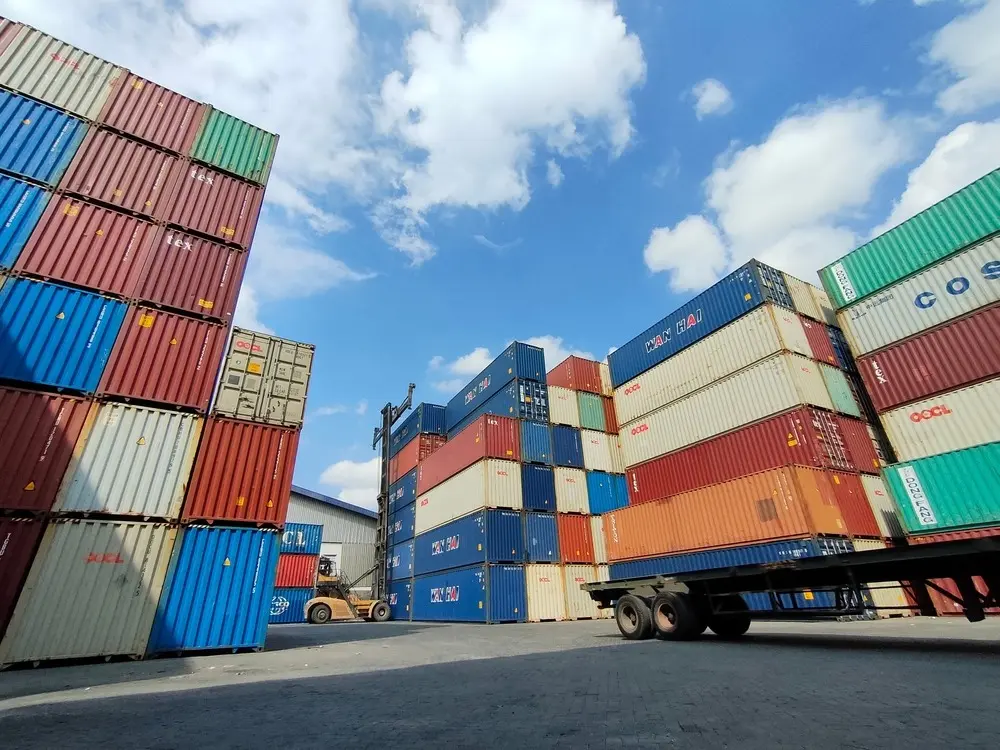





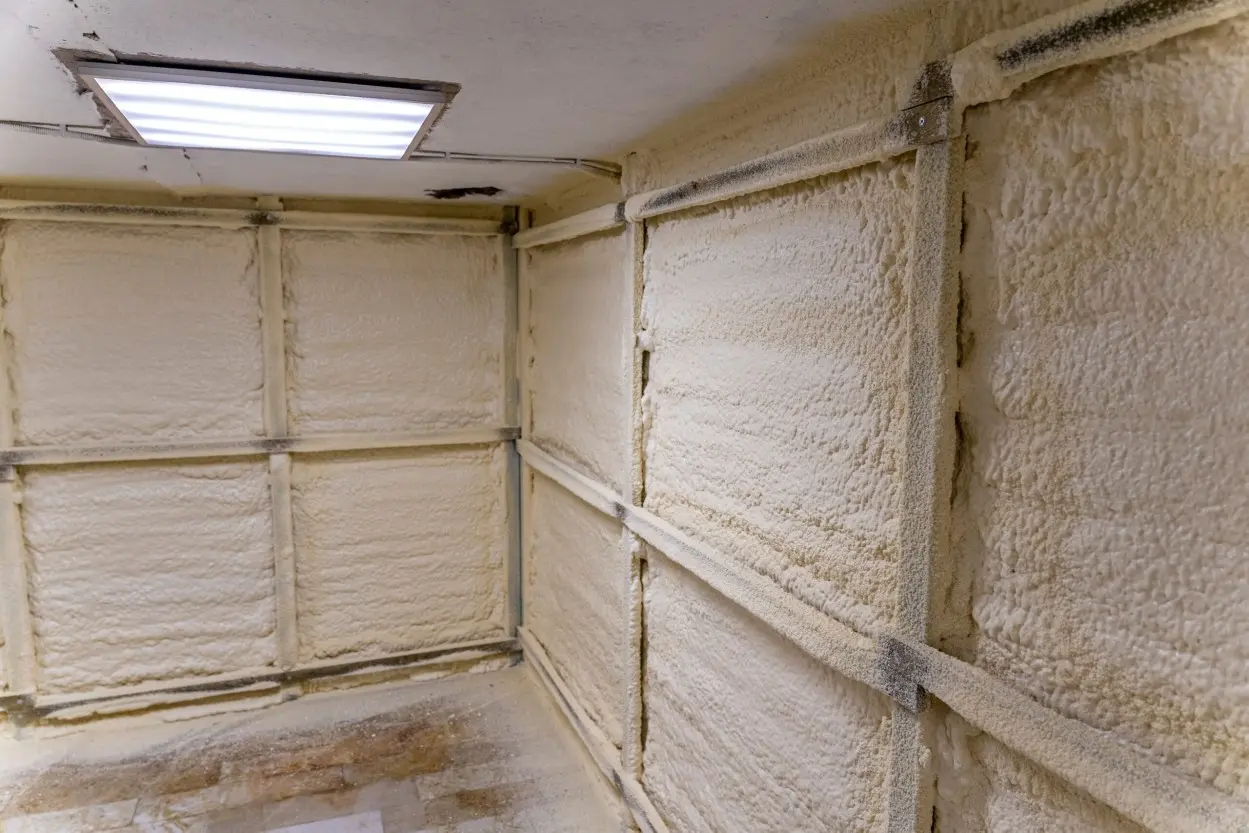
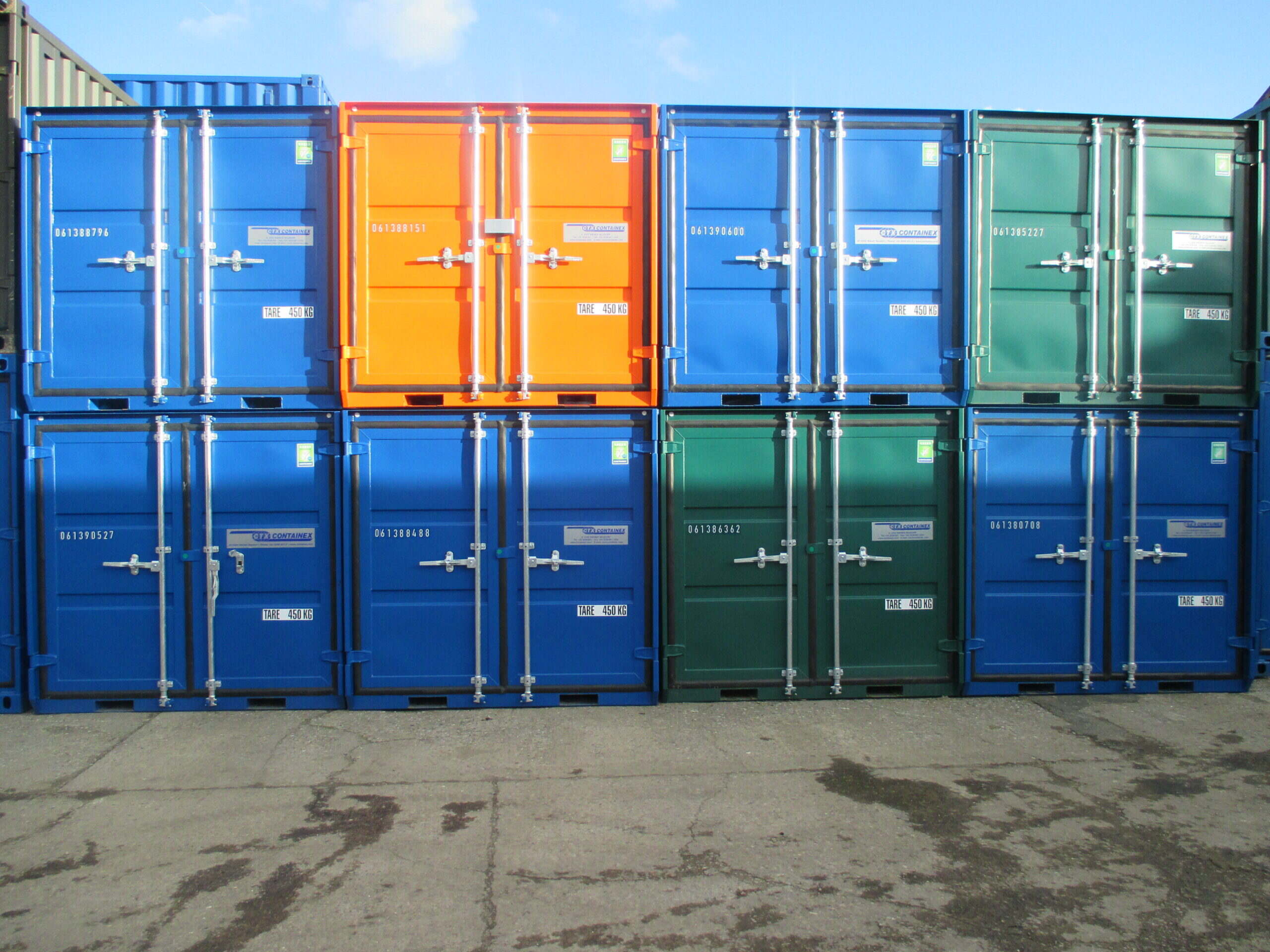

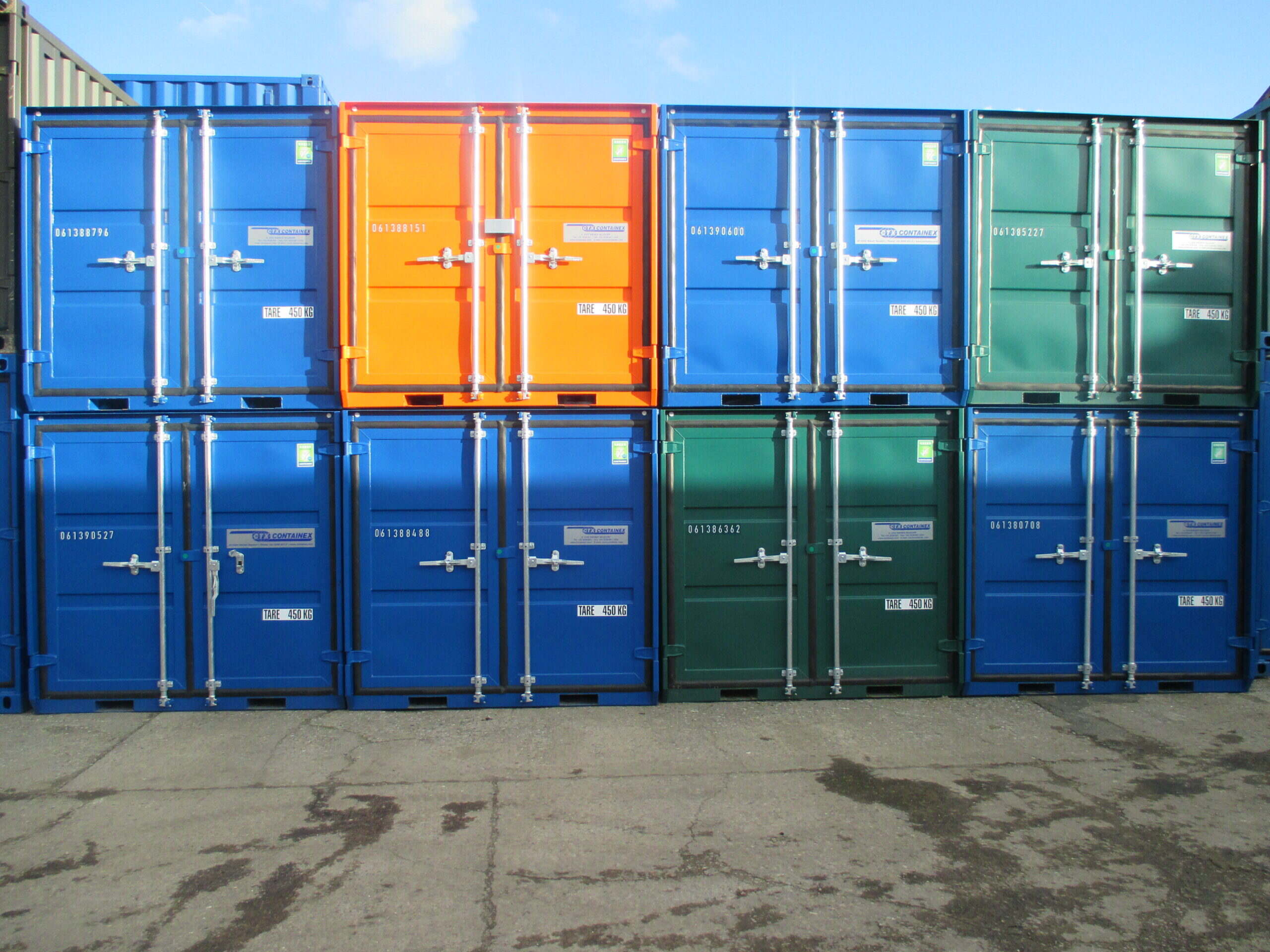
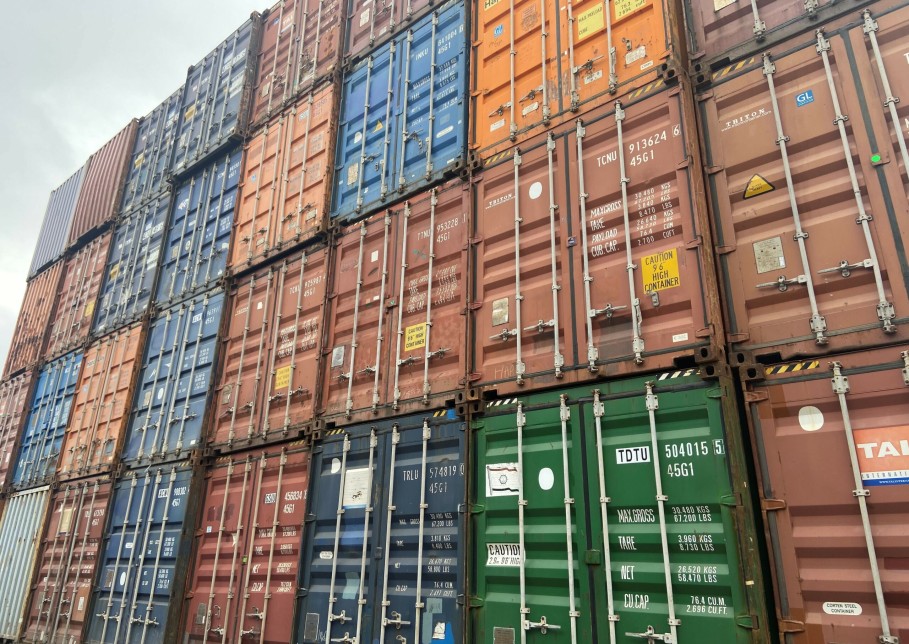
 Reviews
Reviews